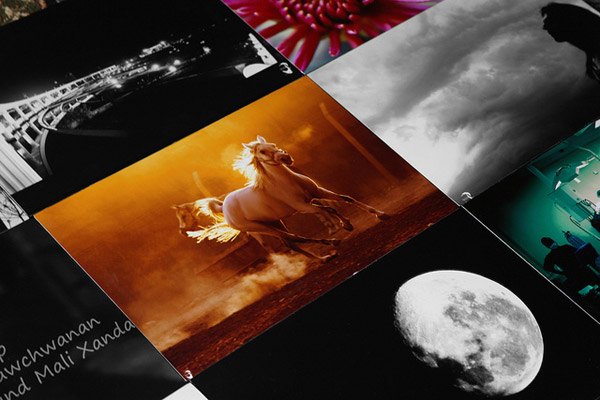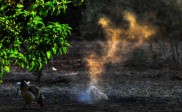Top Tips for Choosing Photographic Inkjet Paper
In the world of digital photography much is discussed about image capturing and photo editing and little about image printing. Photographers often spend hours perfecting a shot to be let down by poor printing results. In this guide we aim to explain digital photographic paper used in Inkjet printers. If you are looking to get your work printed, here are our top tips to help point you in the right direction.
Choose an Inkjet Printer – Currently the technology that Inkjet printers use far exceeds the capabilities of laser printers. To achieve accuracy and true colour tones, Inkjet uses micro jet to spread fluid Ink of dye or pigment base on the paper, hence Ink-Jet. Laser on the other hand uses powder base substance that is solidified on the paper by means of a hot fusion process. It results in limited DPI of 720 (Dots per inch) compared to 1440 and higher DPI that Inkjet printers can easily print at.
Printer Paper Isn’t Photographic Paper – True digital photographic paper differs from normal printer paper in that it contains suitable chemical coating to accommodate ink. It also contains better archival potential and in some cases it is instant drying allowing you to hold the print as soon as it comes out of the printer. Normal printer paper on the other hand isn’t designed to accommodate saturated ink. When printing an image on normal copier paper results are poor and the print has a very short lifespan. Due to the lack of archival properties, the image will fade or yellow.
Photographic Paper Base – Budget options often use normal paper as the base on which the Inkjet receiving layer is applied on. A second option and one that is often used by professionals is the PE coated paper which stands for polyethylene coated paper. This paper is a combination of normal paper pressed between two layers of polyethylene on both sides with an Inkjet receiving layer applied on the printed side (single or duo sided paper). The polyethylene layer acts as a barrier to protect the paper ensuring it does not absorb humidity. Photographic papers further differ from one another depending on the chemical coating applied.
Budget vs. Premium Chemical Coating – Most manufacturers produce a line of budget quality and a line of premium quality. The difference lies in the type of receiving layer that is used. The budget lines use cast coated chemical which is cheaper to produce but has two significant side effects. For one, the paper will always turn out with a glossy finish and secondly, the paper has poor instant dry quality so you will need to handle it with care until it dries. Premium lines use pore base chemical which holds the ink within microscopic pores on the paper. This technology known as micro or nano pore produces more durable results with betters archival properties and better colour definition.
Don’t Limit Your Options – Printer manufacturers do not produce paper consumables. It is the job of external companies who produce copy and photo paper on their behalf. By owning a certain brand of printer, you are not limited to its own range of paper consumables as many 3rd party vendors produce paper with universal compatibility that will suit your brand of printer as well as others. Brands such as INNOVA, Hahnemuhle, ILFORD and others offer high quality professional photo paper which will work with your printer. When looking for a suitable paper, do not limit your options to your printer brand’s own paper range alone, but instead do entertain other suppliers.
Photographic Paper Size – Photo paper are available in a vast range of sizes. Choosing the correct size is essential in lowering your printing costs and achieving your end goal. Photo album sizes traditionally come in 6×4” and 7×5” size, while wall and desk mount sizes come in A5 and A4 sizes (twice an A5 size). Calendar and larger prints are printed on A3 (twice an A4 size) and A3+ size paper which require a special A3 printer. Mistakes happen when photographers purchase a size too big thereby cropping the image which results in waste or buying a paper which their printer cannot handle such as in the case of A3 paper.
Photographic Paper Finish – The finish layer will give the print its desired look. It is measured on a scale of glossiness from the highest glossy finish to the completely glossy lacking matt finish. In the middle you will come across satin, pearl and luster which offer a compromise between the two. In some cases the finish can be altered after the print by using an Inkjet fixative spray in another finish. Fixative spray is designed to offer additional protection to prints from water and UV lights. In the process they can alter the finish if you opt for a different finish to the paper’s original finish.
When sourcing photographic paper to print your work, use the above tips to avoid disappointment.
Leave us a comment below if you have any questions.




